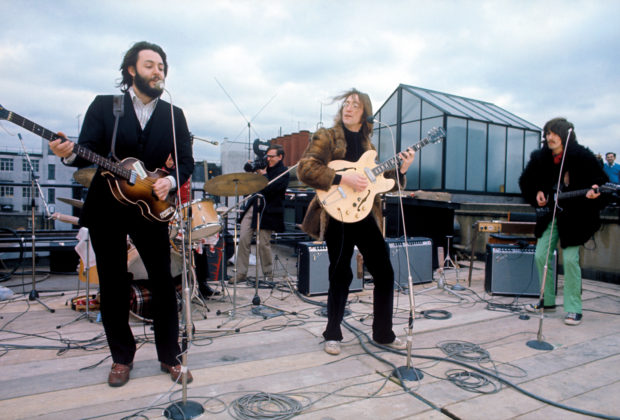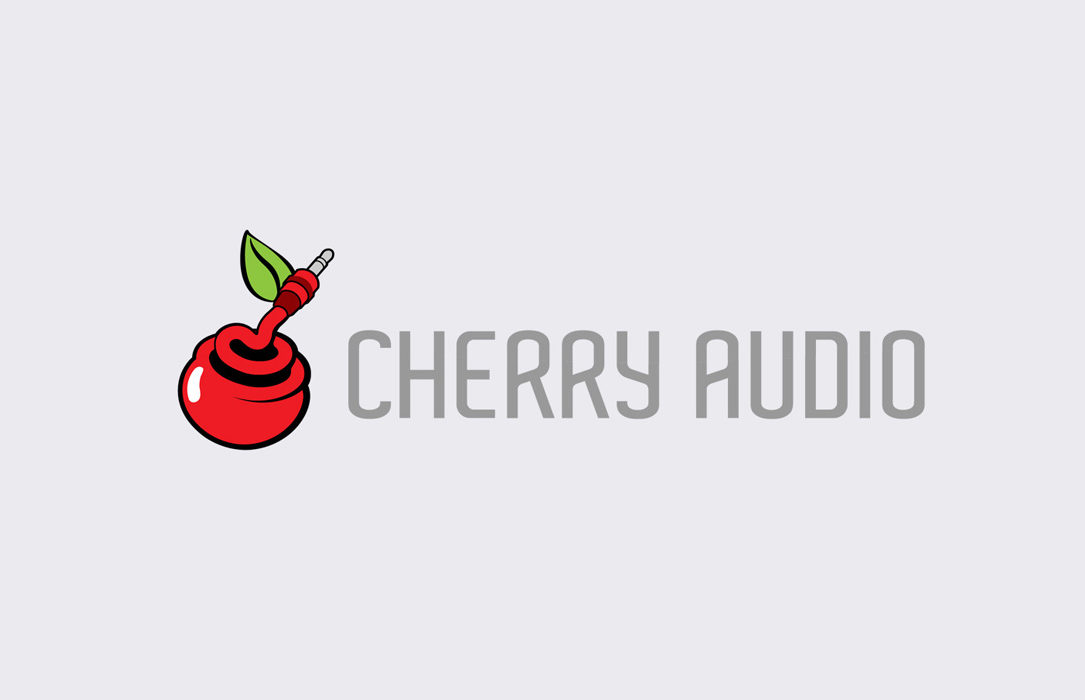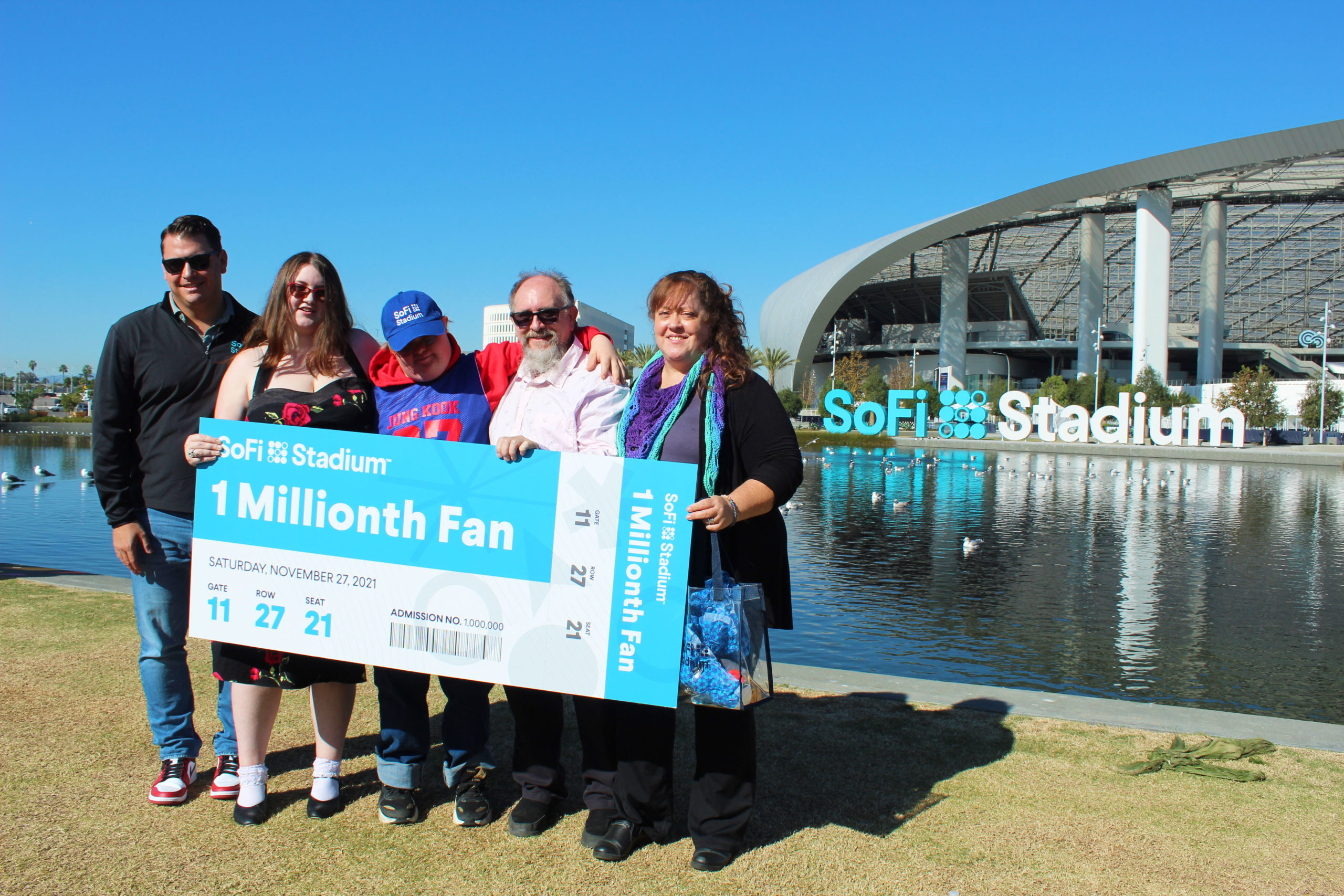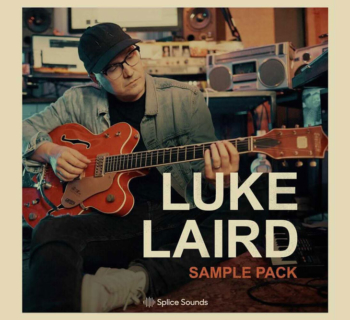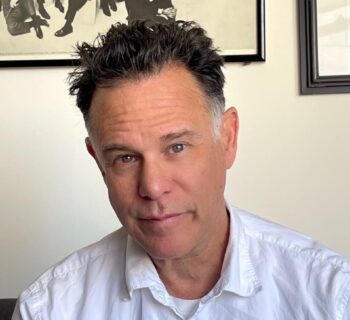The Beatles’ Get Back: Make Sure To Give The Original Director Some
“Honor the Incarnation.” –Ram Dass
As we prepare this late November 2021 to view the long-anticipated Beatles’ Get Back movie from director Peter Jackson, a truly deep-dive filmic endeavor based on Let It Be, and greatly expanded from the initial theatrical release by director Michael Lindsay-Hogg, we should all collectively acknowledge the root work foundation captured by Lindsay-Hogg while simultaneously rooting for Jackson’s celluloid victory lap.
I was delighted that Jackson was particularly affectionate detailing the connection between Lindsay-Hogg’s 1969 Let It Be and his own 2021 Get Back on an interview with CNN’s Anderson Cooper.
Michael Lindsay-Hogg, is the pioneering music video director who guided the landmark Ready, Steady, Go! music and dance television series during 1963-1966, filmed the Rolling Stones and their guests in Britain at a big top venue in Wembley.
 The shoot happened in 1968 on the 11th and 12th of December. Envisioned as a BBC special, the project was shelved, but in the intervening 28 years it was regarded as “The Holy Grail” of rock films until the film finally saw the light of release in 1996 through ABKCO Films.
The shoot happened in 1968 on the 11th and 12th of December. Envisioned as a BBC special, the project was shelved, but in the intervening 28 years it was regarded as “The Holy Grail” of rock films until the film finally saw the light of release in 1996 through ABKCO Films.
Before capturing The Rock and Roll Circus on celluloid, director Michael Lindsay-Hogg had helmed many of The Rolling Stones’ promotional video clips: “She’s a Rainbow,” “2000 Light Years From Home,” “Child of the Moon,” and “Jumpin’ Jack Flash,” as well as The Beatles’ “Paperback Writer,” “Rain,” “Hey Jude” and “Revolution.”
Besides directing the Beatles’ Let It Be feature film and many of The Rolling Stones’ seminal video clips, during the course of his career, Michael has directed specials for Simon and Garfunkel, Neil Young, Paul Simon and The Who.
Michael Lindsay-Hogg is the author of the well received 2011 autobiography Luck and Circumstance: A Coming of Age in Hollywood, New York and Points Beyond.
Lindsay-Hogg is the son of the acclaimed actress Geraldine Fitzgerald, who starred as Marilyn Birchfield in the drama The Pawnbroker directed by Sidney Lumet.
Like visionary director/producer Jack Good before him, both studied at Oxford, Michael Lindsay-Hogg viewed and lensed rock ‘n’ roll as a dramatic subject. Michael’s first job, at age 16, was serving as an apprentice for John Houseman’s repertory theatre company in Stratford, Connecticut.
“I started out as a child actor and fell in love with the theater,” Michael told me in a 2019 interview for my 2020 book, Docs That Rock, Music That Matters.
“The first jobs I had were in Shakespeare on stage. And that’s how it started and I tried very much to bring some of those elements to Ready, Steady Go!”
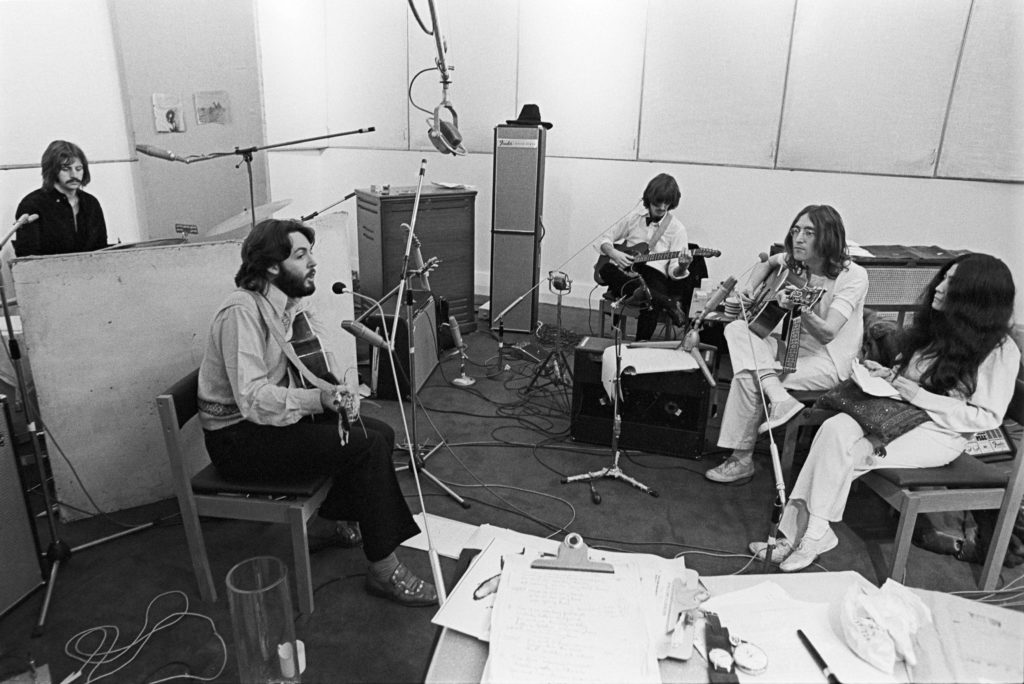 This landmark British music programme was broadcast every Friday night debuting August 9, 1963 and a final taping December 23, 1966.
This landmark British music programme was broadcast every Friday night debuting August 9, 1963 and a final taping December 23, 1966.
RSG! was conceived by Elkan Allan, then head of Rediffusion TV. Vicki Wickham assembled the talent and dancers and served as one of the producers. After 1964 the live show was aired nationally on network. The program was recorded at the RSG! studio in Rediffusion’s headquarters in Kingsway, London.
RSG! gave a platform to some of the most successful recording artists of the sixties: the Who, Otis Redding, the Animals, Gene Pitney, the Zombies, Sandie Shaw, the Beatles, Burt Bacharach, the Stones, the Temptations, Donovan, the Kinks, James Brown, the Fortunes and the Walker Brothers.
Initially, the musical guests on RSG! mimed to their pre-recorded tracks, by late 1964 some artists performed live and eventually all acts to all-live performances in April 1965. The hosts/presenters were Keith Fordyce and Cathy McGowan. Early shows were introduced by singer Dusty Springfield. Vicki Wickham assembled the talent and the dancers and served as one of the producers. Allan hired Frances Hitching as producer. Bill Turner directed the first shows, and a line of directors followed including Robert Fleming, Rollo Gamble, Daphne Shadwell, Michael Lindsay-Hogg, and Peter Croft.
“It was a black and white program,” explained Lindsay-Hogg. “A lot of the great comedies and dramas from the forties and fifties were in black and white. In England we had no color. I had no worries from the people above me. Elkan Allen was the creator and always encouraged me to go further. Very helpful. And I think people were stunned by the comparative substance of the rock ‘n’ roll that was on television,” Lindsay-Hogg volunteered.
“1963 was a revolution. It was the kids who had been children in World War 2. The world was opening up for them,” he reinforced. “They could have long hair if they wanted too. And it was the discovery of the pill for pregnancy. And so a whole nation was open for young people and freedom. There was long hair, the pill and music. The paper was ready to be lit and the match came,” ventured Lindsay-Hogg, who along with John Lennon, Andrew Loog Oldham, Vicki Wickham, Mick Jagger and other bold Brits embodied the confidence of a new London.
“There were new managers in rock ‘n’ roll and around Ready, Steady Go! Don Arden, Andrew Loog Oldham, and Kit Lambert and Chris Stamp, had been assistant stage managers or involved in acting.
“In 1963 I was working. RSG! represented the time when we were in the business we wanted to be in and RSG! on a Friday night the Green Room was the meeting place of all those similarly blessed,” Andrew Loog Oldham recalled to me in my 2004 book, Hollywood Shack Job: Rock Music In Film and on Your Screen.
“Vicki Wickham booked the show from late 1963 to December 1967. Michael Lindsay-Hogg directed it, and tried new techniques like stop action and freeze frame while the band was on camera.
“Save to say I still communicate with both of them so that tells you the lot. You were dealing with nice people. None of the people had an agenda. On the show, the visuals propelled the music.”
“On RSG! Andrew had some ideas about lighting and shots,” offered Lindsay-Hogg. “One evening at the Ad Lib club I met up with Andrew and we agreed to debut a couple of new songs he was hyped about, including ‘Satisfaction.’”
“When The Stones did ‘Paint, It Black,’ we put camera effects on Mick’s face and made it darker and darker,” emphasized Lindsay-Hogg. “We were broadcasting live. It felt dangerous and primitive.
“The cameraman, Bruce Gowers, later did the great video of Queen’s ‘Bohemian Rhapsody,’ which was a very calculated video.
“With RSG! it was about as much about the technique as the performer. In the early RSG! stages I was always thinking about the performer and somehow marrying the technique to them. If the performer was Mick Jagger and John Lennon you don’t want to get in the way too much.
“In 1966 I had done earlier videos of the Beatles’ ‘Rain,’ and ‘Paperback Rider.” And Mick knew that. And it always was between the Beatles and the Rolling Stones,” admitted Lindsay-Hogg.
“The music video had been around. There were earlier attempts. Scopitone. [A jukebox 16 mm film]. The first Scopitone ones were made in French. Lip-sync to a pre-recorded track. Used to be seen in bars or in diners with French acts [Serge Gainsbourg, Johnny Hallyday] miming to rock ‘n’ roll videos.
“There was Dick Clark‘s American Bandstand. I used to watch it in the fifties, Jack Good, the wonderful producer and director of Shindig! and Hullabaloo.
“And so did we know what was gonna happen to rock ‘n’ roll in the sense that we know that it was ultimately going to blast through the roof? We thought it would. And he thought ‘let’s see what can happen with visual presentation of rock and roll.’ Which as you know ended up on MTV and generation 2.”
I suspect in the first quarter of 2022 there will be Jackson’s director’s cut of Get Back for DVD format with commentary and bonus footage.
 I asked Michael about the DVD format, the inclusion of bonus tracks and/or implementation of director commentary added to the initial retail configurations and products we coveted and collected the last half century.
I asked Michael about the DVD format, the inclusion of bonus tracks and/or implementation of director commentary added to the initial retail configurations and products we coveted and collected the last half century.
Did he ever feel an audio dialogue track dilutes and lessens the mystique of his innovative work?
“That’s a real good question. As for DVD, bonus tracks, and interview sessions as long the questions are intelligent. And if the person has one a little research. I do it mainly because it was at the beginning when certain ideas and techniques which completely taken hold of the culture where it was a formative kind of birth period. There really hadn’t been done before except for Scopitone and some studios in America, but not very well done.
“When I worked with the Beatles and the Rolling Stones they were really the first videos which tried to take the form a little further. Like the Beatles playing out in the fields. Following me was a long line of very interesting visual attempts with music.”
Peter Jackson has done it with Get Back.
Photos courtesy of Apple Corps Ltd. ©
Harvey Kubernik is the author of 20 books, including Canyon Of Dreams: The Magic And The Music Of Laurel Canyon and Turn Up The Radio! Rock, Pop, and Roll In Los Angeles 1956-1972. Sterling/Barnes and Noble in 2018 published Harvey and Kenneth Kubernik’s The Story Of The Band: From Big Pink To The Last Waltz. For November 2021 the duo has written Jimi Hendrix: Voodoo Child for the publisher. This century Harvey has been a Consulting Producer or an on screen interview subject on music documentaries spotlighting Carole King, James Taylor, Queen, Bobby Womack, the Seeds, John Van Hamersveld and Del Shannon.

